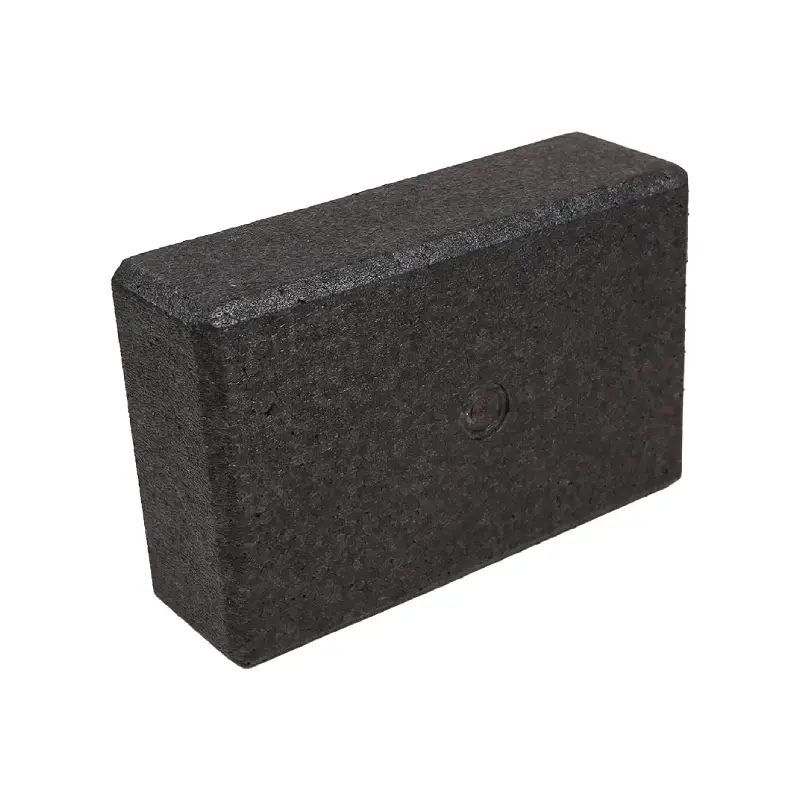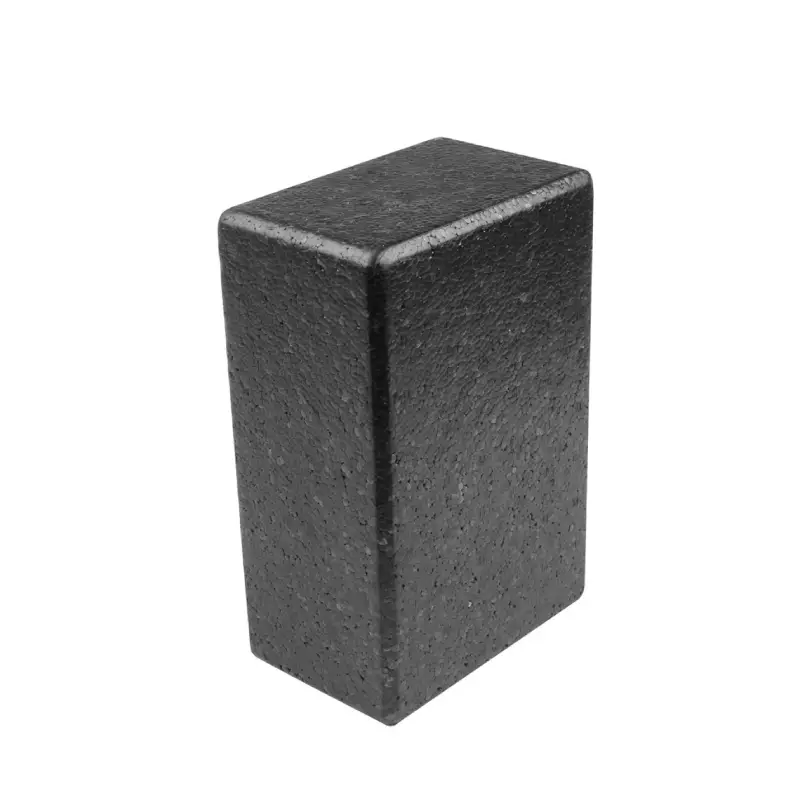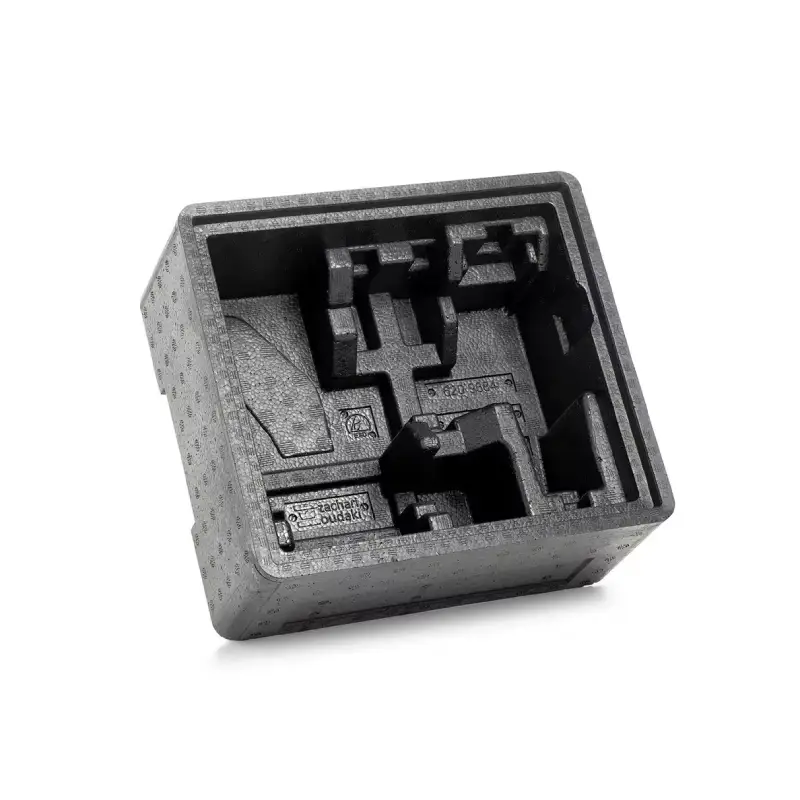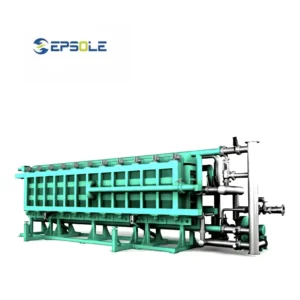The world of thermal management constantly demands materials that offer superior performance without sacrificing long-term integrity. Traditional cooling solutions often compromise on durability to achieve initial efficiency or lower costs. EPP Cooling Technology, built from a unique polypropylene base, directly challenges this compromise by offering inherent toughness and resilience.
We’re looking past simple insulation to materials that survive impact, repeated thermal cycling, and harsh conditions. This post breaks down the specific material science that allows EPP Cooling Technology to significantly outlast its competition, ensuring your cooling systems maintain peak performance for years longer than expected.
What is EPP Cooling?
EPP Cooling refers to the application of Expanded Polypropylene (EPP) foam—a unique, durable, closed-cell material made from polypropylene—specifically for thermal management solutions.
This technology leverages EPP’s superior thermal insulation properties to maintain consistent temperatures for sensitive contents, commonly seen in high-performance cooler boxes for logistics or as insulating housings for HVAC components like ducting and heat pump parts.
Its key advantage over traditional foams is the combination of excellent insulation with high resilience and impact resistance, meaning it protects the contents or components it encases while simultaneously resisting physical damage and deformation over repeated uses.
EPP Cooling Technology

EPP Cooling Technology encompasses the sophisticated methods used to rapidly and precisely lower the temperature of molded Expanded Polypropylene parts immediately after steam expansion. Unlike simple air cooling, this specialized technology centers on controlling the material’s thermal profile to “freeze” the cell structure, ensuring dimensional stability and minimizing energy loss. It is a crucial phase in achieving high-quality, repeatable parts in manufacturing settings.
Key Aspects of EPP Cooling Technology:
Post-Molding Stabilization: Even after demolding, EPP requires controlled cooling, often in a dedicated drying room set between 60-80°C. This final step ensures that any remaining internal pressure equalizes and moisture fully evaporates, which is vital to prevent delayed shrinkage or warping of the finished, complex EPP component.
Active Water Quenching: This involves circulating cooling water through internal mold channels to actively draw out the residual heat from the molded EPP part. This aggressive thermal transfer quickly reduces the temperature from the molding peak (around 140°C to a safe demolding level, greatly accelerating the production cycle time.
Vacuum Assistance for Moisture Removal: Advanced systems often couple water cooling with a vacuum system to draw out steam and condensation. This feature not only speeds up the temperature drop but also helps reduce the moisture content within the foam, potentially minimizing the subsequent drying time required post-demolding.
Thermal Insulation Applications: Beyond manufacturing, EPP itself functions as superior cooling technology in end-use products, such as specialized insulated transport boxes (coolers). Its closed-cell structure provides exceptional thermal insulation, maintaining stable temperatures for sensitive goods like pharmaceuticals or perishables across extended transport times.
Why Cooling EPP Foam?



EPP foam has rapidly emerged as the material of choice for demanding cooling and thermal management systems because it perfectly blends insulation capability with rugged physical performance.
Unlike many standard foams, EPP provides reliable temperature control while simultaneously acting as a protective shield against drops, impacts, and repeated handling. This dual functionality ensures the longevity of the container or system housing, making it ideal for sensitive cold-chain logistics or long-life HVAC units where efficiency cannot be compromised by structural failure.
Key Advantages for Cooling Applications:
Chemical and Moisture Resistance: EPP is chemically inert and highly resistant to water absorption. This feature is vital when dealing with condensation, accidental spills, or exposure to various transport chemicals, ensuring the foam does not degrade, absorb odors, or promote microbial growth over time.
Superior Durability and Resilience: EPP foam can withstand repeated impacts and significant mechanical stress without suffering permanent deformation or loss of insulating properties. This high “memory” quality ensures that protective containers or equipment housings remain intact and effective through countless cycles of use and handling.
Excellent Thermal Insulation: The material possesses a stable, closed-cell structure that inherently resists heat transfer. This characteristic keeps contents cold or hot for extended periods, which is critical for maintaining the integrity of pharmaceuticals, food products, or the energy efficiency of air conditioning systems.
Lightweight and Versatile: Despite its toughness, EPP is extremely light, which reduces overall shipping weight and fuel consumption in transport logistics. Furthermore, its moldability allows it to be shaped into complex, precise geometries, creating custom-fit casings that maximize insulation around irregularly shaped equipment components.
EPP Cooling Machine
The EPP (Expanded Polypropylene) molding machine‘s cooling phase is a critical step that dictates the final product’s quality, dimensional accuracy, and cycle time. After steam heats and fuses the EPP beads into a molded part, the cooling machine, often utilizing chilled water circulation and vacuum assistance, must rapidly solidify the foam structure. Effective cooling is essential to prevent warping or shrinkage, ensuring the part maintains its intended shape and mechanical properties upon demolding.
Essential Elements of the EPP Cooling Machine Cycle:
Post-Molding Drying/Setting: Following demolding, EPP parts often contain residual moisture and are sent to a drying room at temperatures like 60-80°C. This controlled post-cooling step removes the remaining water content and relieves internal stresses, finalizing the dimensional stability and preventing long-term shrinkage.
Chilled Water Circulation: The cooling machine circulates chilled water through integrated channels within the aluminum mold plates. This process efficiently draws heat away from the freshly molded EPP part. Rapid and uniform cooling solidifies the bead structure, minimizing the overall production cycle time for manufacturers.
Vacuum-Assisted Cooling: Many modern machines incorporate a powerful vacuum system during the cooling stage to accelerate heat removal. The vacuum extracts hot air and steam from the mold cavity, helping to stabilize the internal pressure of the EPP cells and prevent the foam from collapsing or distorting as it sets.
Dimensional Stabilization: The primary goal of the cooling machine is to “set” the shape of the EPP part, which is at a high temperature after steam chest molding. Cooling the mold to a specific demolding temperature (typically around 70-90°C ensures the product retains its precise dimensions and structural integrity when ejected.
Conclusion
In summary, EPP Cooling Technology stands apart due to its exceptional resilience, superior impact absorption, and reliable performance across wider temperature variations compared to conventional materials. Its thermoplastic nature allows it to maintain structural integrity and thermal efficiency even after enduring stress where competitors would crack or degrade permanently.
This lasting durability translates directly into lower maintenance costs, reduced system downtime, and a more sustainable operational lifecycle for your critical equipment. Choosing EPP is choosing a future-proof solution that integrates performance with long-term reliability in demanding environments.
Ready to integrate this superior material into your next project or product line? Don’t rely on temporary fixes. Contact epsole today to get wholesale EPP material and explore our range of custom EPP products designed for ultimate longevity and thermal efficiency.


